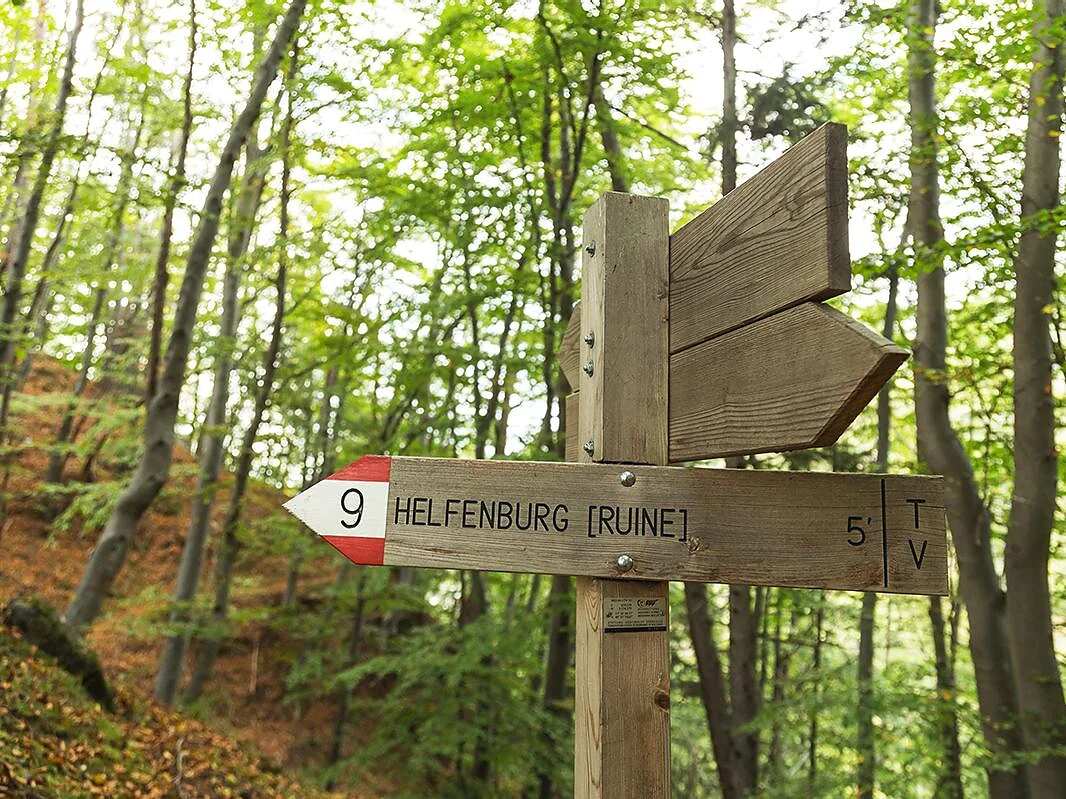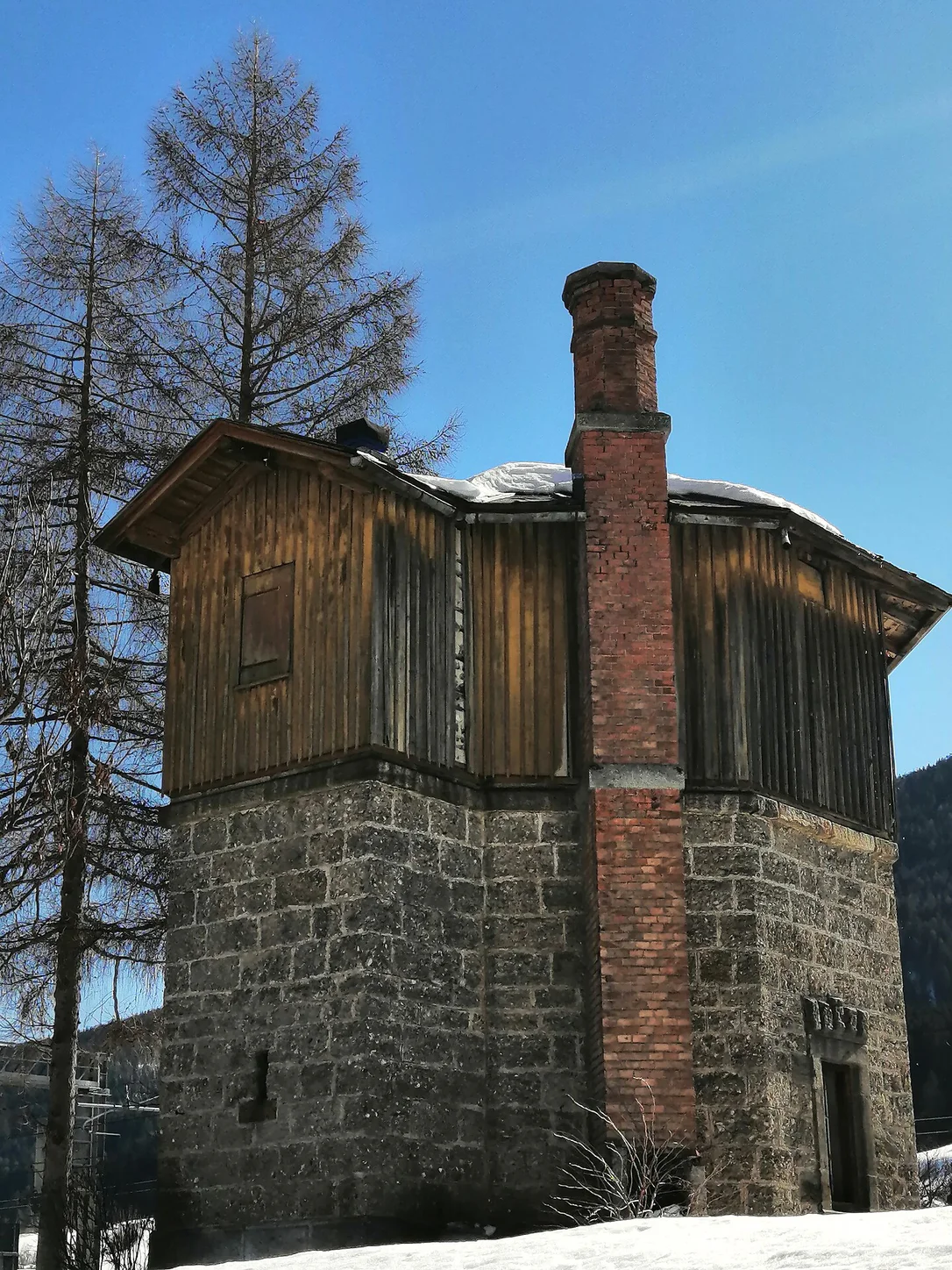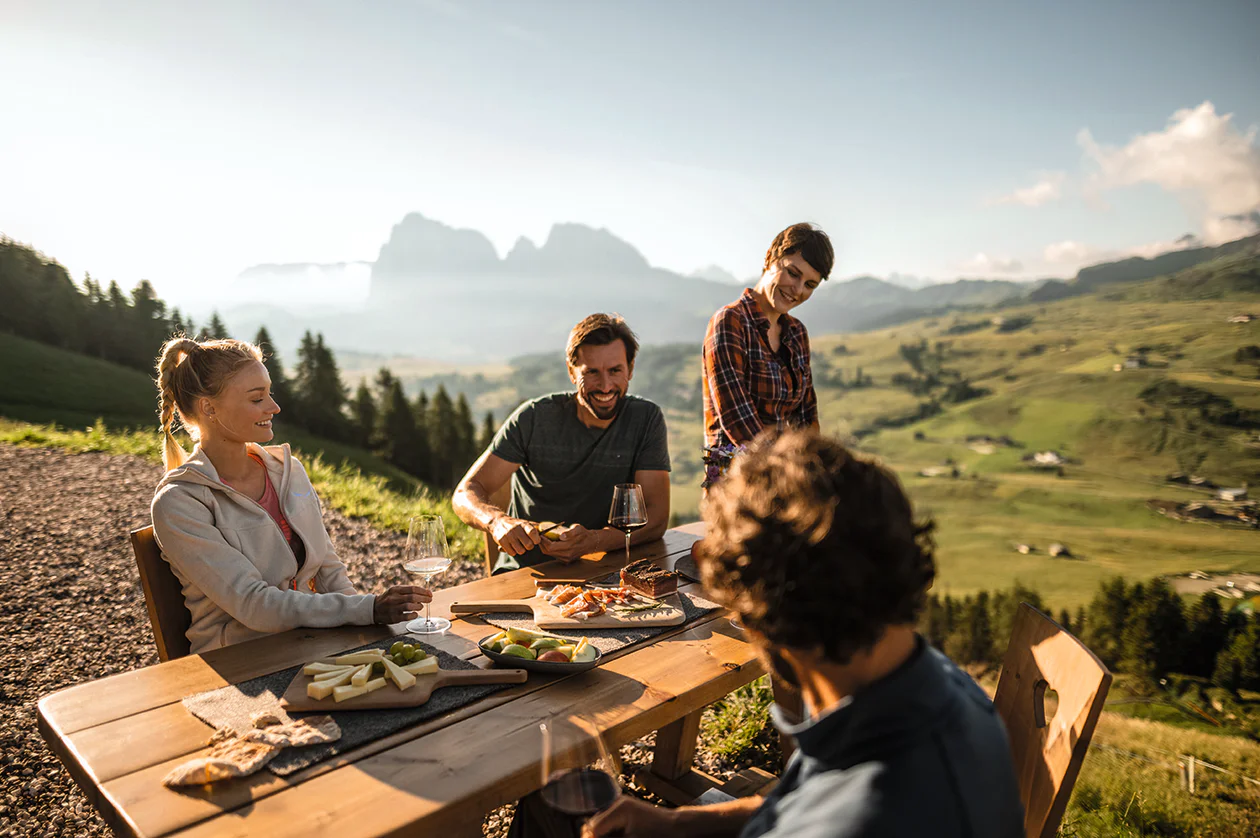Mysterious eras of the past Food, drinks and an attraction A brief journey back in time to the High Middle Ages. Only the freshly prepared dishes create a rather delicious bridge to the future. Boymont Castle was built as the seat of a noble family in the year 1230. After a fire in 1742, the ruins came into the possession of several owners, until it was finally bought by Fritz Dellago in 1977. The two knights' halls, as well as the stone-framed arched windows, pillars and capitals are worth a visit in their own right. Special dishes: Daily ribs and roast in medieval style made in the smoker. Opening hours Ruin Boymont is open daily from 11.00 till 17.00. Day off on Mondays, except from Mid-September till October.


































































